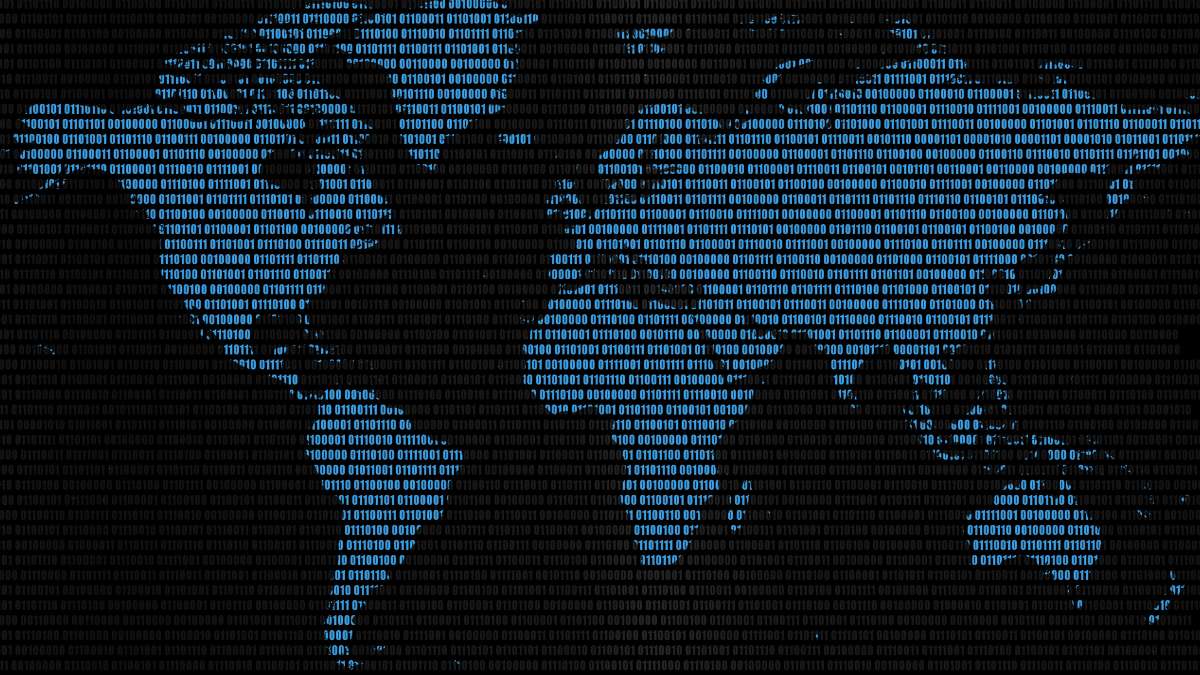In today’s data-driven world, information is the new gold. Businesses and organizations are constantly seeking ways to harness the power of data to drive growth and make informed decisions. One key aspect of this process is end-to-end data mapping, a technique that allows for the seamless flow of data between systems and applications.
This article will take you on a whirlwind tour of the fascinating world of end-to-end data mapping, exploring its importance, benefits, and best practices. So buckle up, and let’s dive right in!
- Demystifying End-to-End Data Mapping
- Mapping Your Way to Success: Best Practices for End-to-End Data Mapping
- Get a Lay of the Land: Understand Your Data Landscape
- Teamwork Makes the Dream Work: Assemble a Cross-Functional Team
- There's Method to the Madness: Establish a Standardized Mapping Process
- Tools of the Trade: Leverage Data Mapping Software
- Rinse and Repeat: Continuously Review and Update Your Data Mapping
- Frequently Asked Questions
- Conclusion
Demystifying End-to-End Data Mapping
What is End-to-End Data Mapping?
End-to-end data mapping refers to the process of identifying, connecting, and transforming data elements from their source to their destination across various systems or applications. This mapping ensures data integrity and consistency, allowing for a smooth flow of information through an organization’s data pipeline.
Why is it Important?
The importance of end-to-end data mapping cannot be overstated. Here are a few reasons why it’s crucial for modern businesses:
- Improved Data Quality: Data accuracy and consistency are vital to informed decision-making. End-to-end data mapping helps maintain data quality throughout the data lifecycle.
- Seamless Data Integration: As organizations grow, they often need to integrate data from disparate systems. Effective data mapping facilitates this integration, enabling seamless data flow between systems.
- Efficient Data Migration: When migrating data from one system to another, end-to-end data mapping streamlines the process by ensuring all data elements are accurately mapped and transformed.
- Regulatory Compliance: Many industries are subject to strict data governance requirements. A robust end-to-end data mapping process can help organizations stay compliant and avoid costly fines.
Mapping Your Way to Success: Best Practices for End-to-End Data Mapping
Embarking on the end-to-end data mapping journey can seem daunting, but fear not! We’ve got you covered with these best practices to help you chart your course:
Get a Lay of the Land: Understand Your Data Landscape
Before diving head-first into data mapping, grasping the big picture is essential. Understand the various systems and data sources involved, and familiarize yourself with their data structures and formats. This bird’s-eye view will make the actual mapping process smoother and more efficient.
Teamwork Makes the Dream Work: Assemble a Cross-Functional Team
End-to-end data mapping is a collaborative effort that requires input from various stakeholders. Assemble a cross-functional team that includes data architects, business analysts, developers, and subject matter experts. This diverse group will help ensure your data mapping is accurate, complete, and meets the organization’s needs.
There’s Method to the Madness: Establish a Standardized Mapping Process
Consistency is key when it comes to end-to-end data mapping. Establish a standardized mapping process that outlines the steps and tools involved in mapping data elements, transforming data, and validating the results. This structured approach will help keep your mapping efforts on track and minimize errors.
Tools of the Trade: Leverage Data Mapping Software
There’s no shortage of data mapping software and tools available to help streamline your efforts. These tools can automate various aspects of the mapping process, reducing manual effort and improving overall accuracy. Just remember, the tool is only as good as the team behind it, so ensure your team is well-versed in the chosen software.
Rinse and Repeat: Continuously Review and Update Your Data Mapping
In the ever-evolving world of data, staying on top of changes is crucial. Regularly review and update your end-to-end data mapping to account for new data sources, system upgrades, and evolving business requirements. This proactive approach will help maintain data accuracy and consistency throughout your organization.
Frequently Asked Questions
Q: What is the difference between end-to-end data mapping and data transformation?
A: While end-to-end data mapping involves identifying and connecting data elements between systems, data transformation is the process of converting data from one format or structure to another. Both processes are essential for seamless data flow and integration.
Q: Can I perform end-to-end data mapping manually?
A: Yes, it’s possible to perform end-to-end data mapping manually, but it can be time-consuming, error-prone, and inefficient. Leveraging data mapping software and tools can significantly streamline the process and improve accuracy.
Q: How can I ensure my end-to-end data mapping is accurate?
A: To ensure accuracy, involve a cross-functional team with diverse expertise in the mapping process, establish a standardized mapping procedure, and leverage data mapping software. Regularly reviewing and updating your data mapping will also help maintain accuracy.
Q: Do I need to have programming skills to execute end-to-end data mapping?
A: While having programming skills can be beneficial, many data mapping tools offer a user-friendly interface that allows non-programmers to perform end-to-end data mapping effectively. Collaborating with a cross-functional team can also help bridge any knowledge gaps.
Conclusion
In today’s data-centric landscape, end-to-end data mapping is a critical process that enables organizations to unlock the full potential of their data. By understanding the importance of data mapping, employing best practices, and continuously reviewing and updating your mapping efforts, you can ensure seamless data flow, improved data quality, and overall success in the data-driven world. So, go forth and conquer the data universe with your newfound end-to-end data mapping prowess!







Leave a Reply